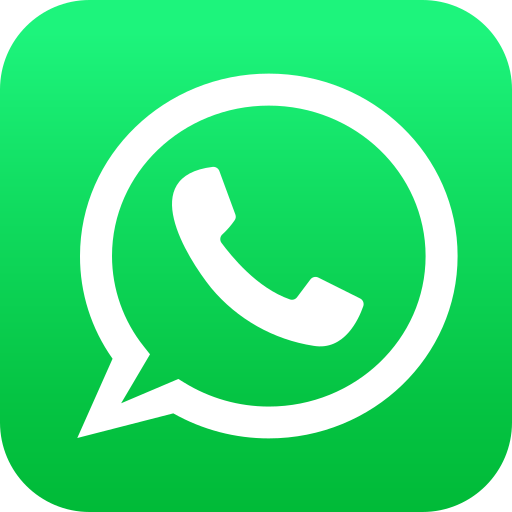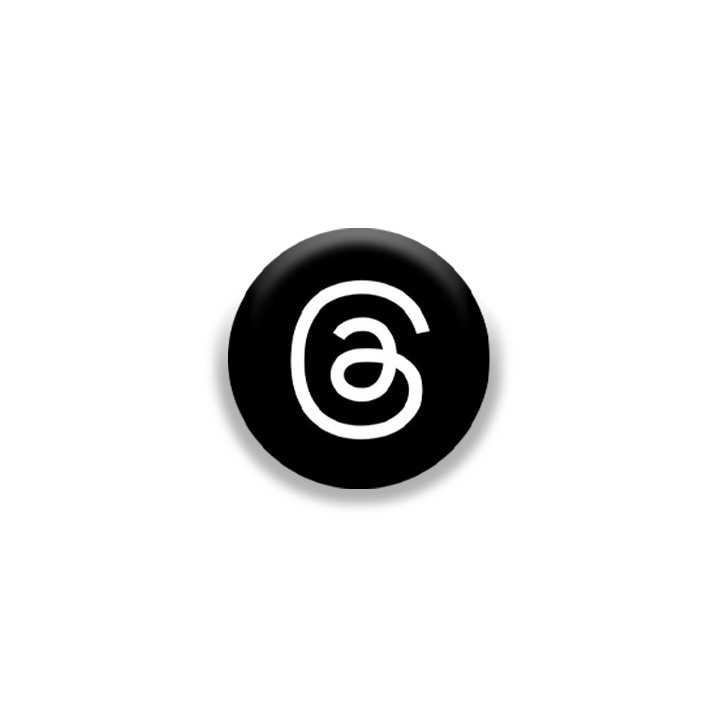Apple is back in the spotlight of a global trade showdown — and this time, your next iPhone could cost a lot more.
On April 2, former President Donald Trump signed a sweeping executive order slapping heavy tariffs on goods from China, India, Vietnam, and other manufacturing hotspots. Apple, which still produces over 90% of its iPhones in China, is now caught in the middle.
While tariffs on Chinese imports remain at a staggering 145%, additional levies ranging from 26% to 46% have also been imposed on devices assembled in Vietnam, India, and Thailand — all key to Apple’s diversification strategy. Even with a temporary 90-day pause on tariffs for select countries, uncertainty looms over Apple’s global manufacturing setup.
Industry insiders say price hikes may be inevitable. UBS estimates show the iPhone 16 Pro Max could jump from $1,199 to $1,999 if costs are passed directly to consumers. In the worst-case scenario, a fully US-made iPhone could cost as much as $3,500, according to Wedbush analyst Dan Ives.
Apple has remained silent publicly, though reports suggest it’s modeling multiple tariff scenarios and even flew in over 600 tons of iPhones from India before tariffs kicked in.
Global consumers may face the brunt of iPhone production shifts to India and Vietnam, which are still in their early stages. Analysts predict that longer phone contracts — even for five years — may soon become common to ease the impact of rising prices.
Experts also suggest that consumers may turn to second-hand devices or delay upgrades. With 5.5 million used smartphones expected to sell in the UK next year, that shift may already be underway.
Whether Apple absorbs the hit or passes it on, one thing is clear: the next iPhone might be its most expensive yet.



























